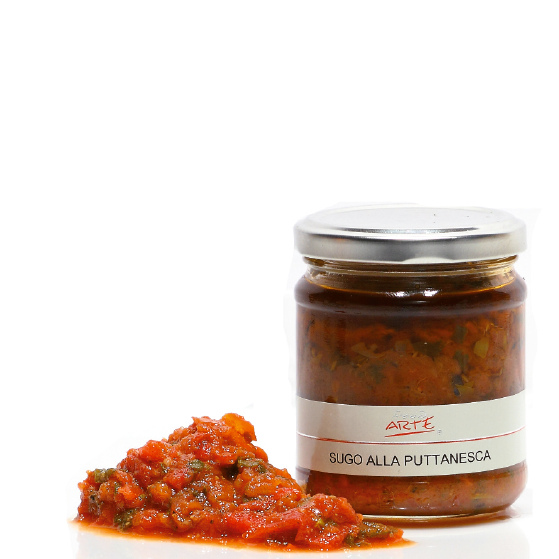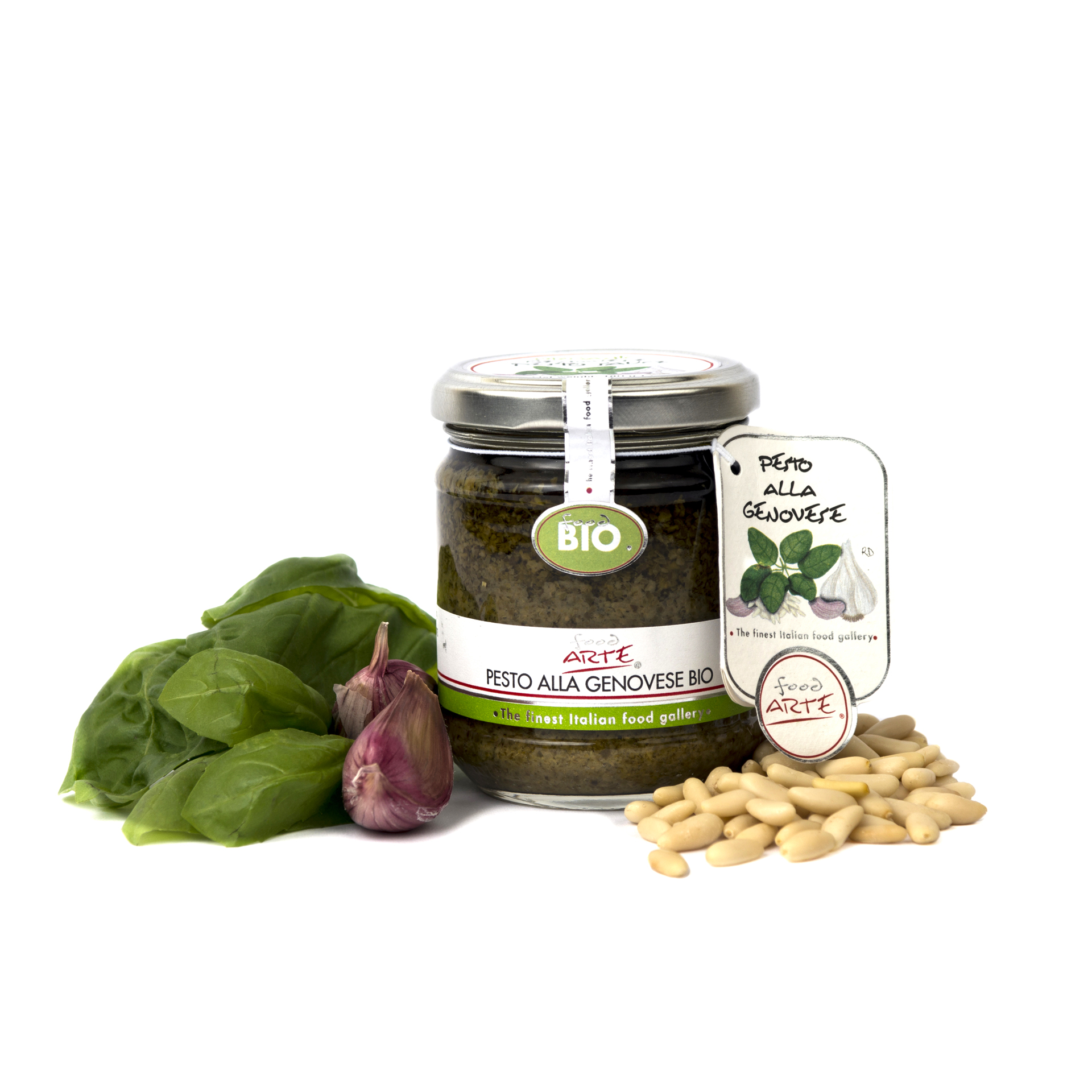FOOD ARTE
TORTIGLIONI
When the Greeks founded Naples in VIII Century BC, they adopted a dish prepared by the natives, a sort of pasta made with barley-flour and water and dried in the sun which they called “macaria” very close to what today is called “maccheroni”. There are references to pasta in Roman times starting in the III century b.C.; following this, in Cicerone’s works dating to the 1st Century b.C. we find him writing about his passion for “laganas” that were sheets of pasta made with wheat flour and water, very similar to what today we call “lasagna”.
3,06$ exc. VAT:
15% Off
Out of stock
Additional information
| Weight | 0,520 kg |
|---|---|
| Dimensions | 8 × 15 × 23 cm |
| Ingredients | durum wheat semolina, water |
| Recipe | Finely chop celery, onions and carrots and slowly fry in extra virgin olive oil. Add mincemeat (50% beef and 50% pork) and go on cooking. When the moisture of the meat has gone, pour a glassful of red wine over it. After that add tomato puree and the double quantity of water. Bring to the boil, add 2 laurel leaves, cover and move to a low flame, to simmer for at least 2/3 hours. Check for salt. When your Tortiglioni are cooked just add the ragout to the pasta and serve with a generous sprinkle of Parmesan cheese. |
| Curiosity | Pasta contains considerable amounts of minerals such as magnesium, iron, calcium, potassium, zinc, selenium and manganese. |
| Seasonality | All year |
| Gross weight | 520 g. / 18.3 oz. |
| Net weight | 500 g. / 17.6 oz. |
| Shelf life | 24 months |
| Reg |
YOU MAY BE INTERESTED IN






